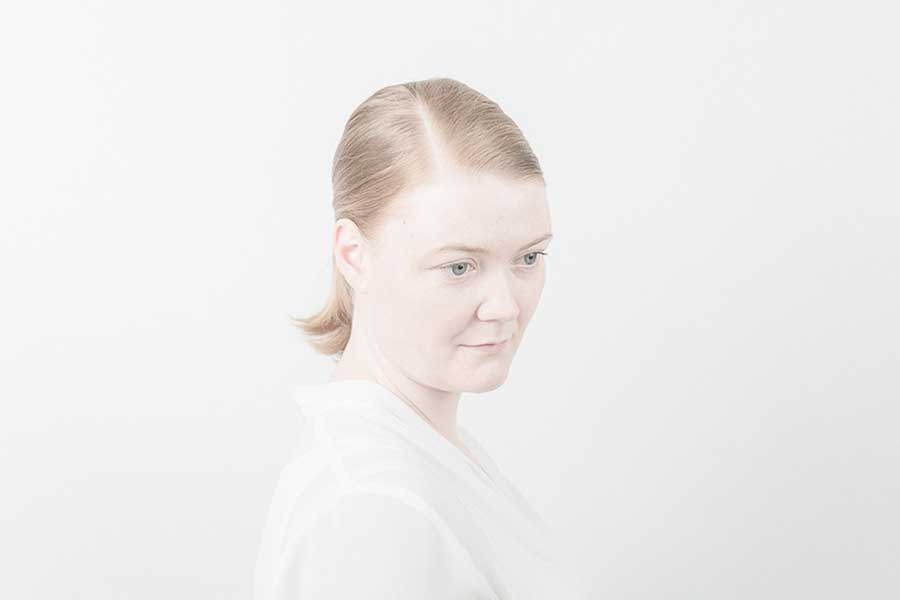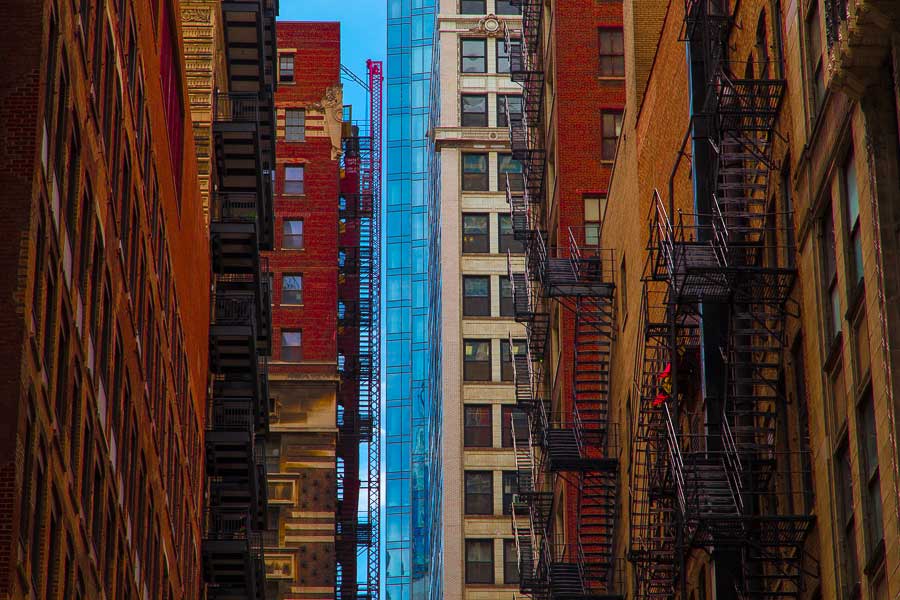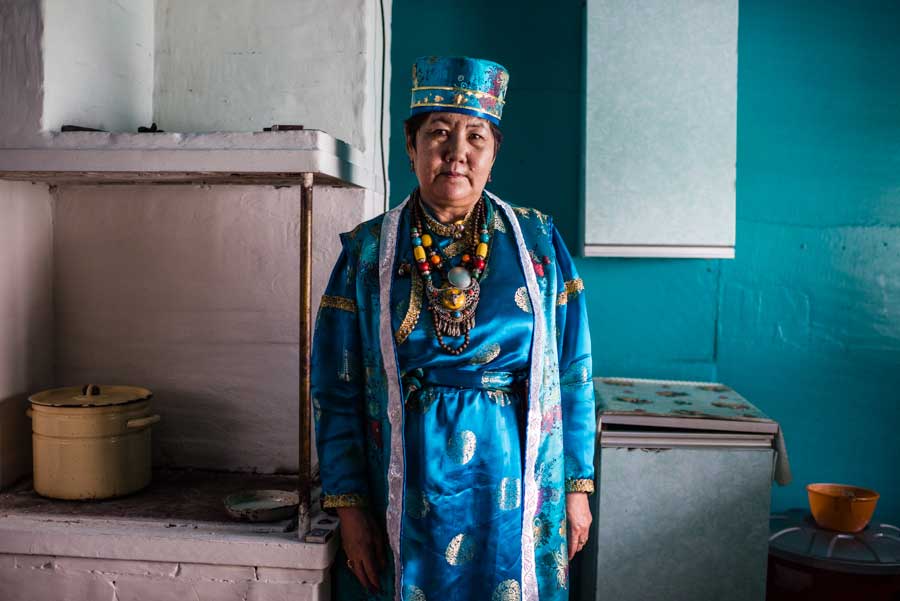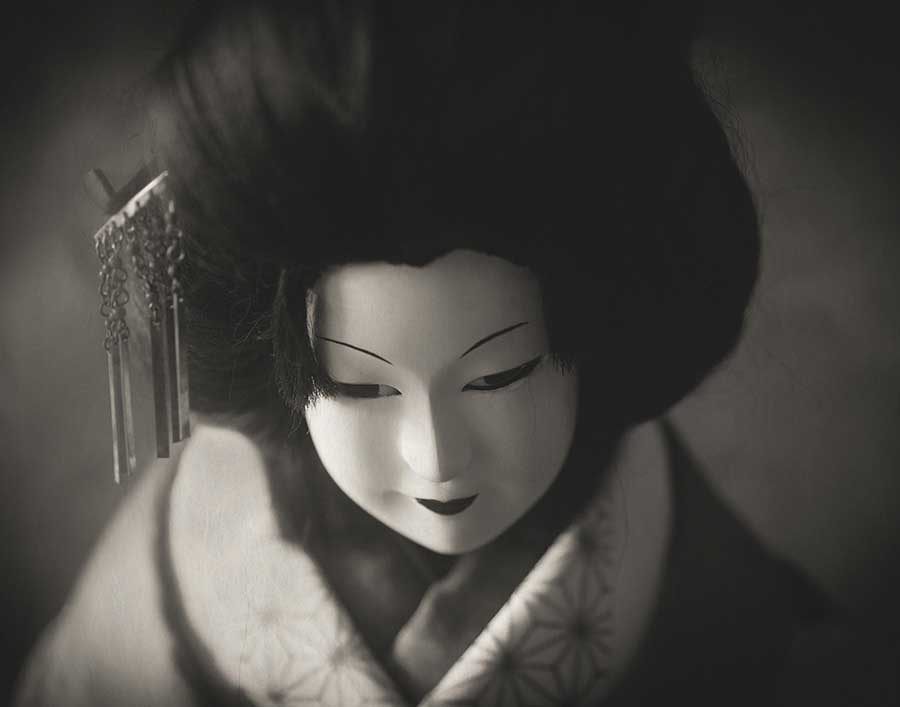The Most Popular Photographers published in Dodho Magazine. The great stories by Tine Poppe, Michiko Chiyoda, Socrates Baltagiannis, Alex Cooke and Alina Desyatnichenko.
White is not a color by Tine Poppe

In the days following the 22nd of July 2011 terrorist attack by right-wing extremist Anders Behring Breivik, the streets of Norway were filled with colorful roses and speeches of love conquering extremism, fear and xenophobia. The people’s reaction to Europe’s largest terrorist attack was admired on television screens all over the world. During those days in 2011, it would have been hard to imagine that in the years to follow, xenophobia and anti-multiculturalism in Norway would flourish to the extent that racist attitudes would soon become mainstream and acceptable. That publicly pleading compassion with muslim refugees would be answered with hate-speech and murder threats.It would have seemed very unlikely that a political party based on anti-multiculturalism and xenophobia would be elected to rule wealth, resources and borders. More……
It’s weird that photographers spend years or even a whole lifetime, trying to capture moments that added together, don’t even amount to a couple of hours.
James Lalropui Keivom
The Athenians by Socrates Baltagiannis

Athens, capital of Greece and one of the most historic cities in the world. Also, one of the cities that the media has turn their spotlights on for almost 6 years now, due to the economic crisis. Like in every city, so in Athens, what gives it life, character and the feeling that you are dealing with a real person, is none other that those who inhabit it. Individual frames, individual stories. Put all these together and you have solve the puzzle called “The Athenians”. More….
City and Country by Alex Cooke

Alex Cooke is a portrait, events, and landscape photographer from Cleveland, OH. A musician and mathematician, he found that his artistic inclinations and obsessive attention to detail suited him perfectly to photography. He’s also an editor and senior writer for the popular photography site, Stoppers. To him, photography is a way to communicate intention, character and emotion. Particularly, when shooting landscapes or cityscapes, he strives for a certain organic nature; he wants his shots to emanate both the mood of the natural environment in which they were captured and to maintain a high degree of faithfulness to the original scene. For this reason, he tends toward simpler compositions of an almost documentarian nature. More….
Baikal of wonders by Alina Desyatnichenko

The land of Baikal region in Russia has always been sacred for the local indigenous peoples – buryats. And shamans who could talk to local gods were revered as a hereditary caste of the chosen. After 70 years of stagnation the religious faith of their ancestors began to revive. But even so locals refer to shamans just as to healers now. Many of them are not even aware of their destiny until, as they say, they won’t get a clear sign from Father Sky. To preserve their culture they had to create professional unions, organize festivals, scientific conferences. In the wake of the popularity of the new-age culture the lake Baikal is mostly presented in guidebooks as the sacred center of the shaman’s world instead of the rare nature reserve. There are many tours offering visits to “the places of power”, advisory services from an “expert”, participation in ceremonies and sacred holidays. Amulets, totems and “real shaman drums” are in demand in local souvenir shops. I went there to check what’s in this image and how much it costs. More….
Oshichi by Michiko Chiyoda

One day, Japanese photographer Michio Chiyoda came across a doll that had been used in ‘Ningyo JORURI’ Puppet Theater. The doll was so captivating that Chiyoda’s eyes were glued on ‘it’. ‘Oshichi’ is a name of the doll and ‘she’ played as a 16-year-old girl who was put to death by burning at the stake for committing arson. Oshichi did arson because she was dying to see her lover. The play is a Japanese traditional puppet drama, based on the historical fact from the Edo period. Oshichi met him at a temple where she and her family took shelter as they lost their house in the fire one day. The young couple fell in love with each other soon. But Oshichi and her family had to leave the temple when their house was rebuilt. Oshichi missed him so much and started to think that she could see him again if another fire occurred. More…..






